2,6-Difluorobenzaldehyde
- CAS NO.:437-81-0
- Empirical Formula: C7H4F2O
- Molecular Weight: 142.1
- MDL number: MFCD00010293
- EINECS: 610-142-0
- SAFETY DATA SHEET (SDS)
- Update Date: 2024-11-20 17:10:30
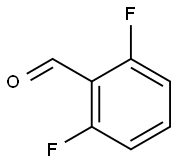
What is 2,6-Difluorobenzaldehyde?
Chemical properties
clear light yellow to bright yellow liquid
The Uses of 2,6-Difluorobenzaldehyde
2,6-Difluorobenzaldehyde can be used as a reactant to synthesize:
- 5-Cyano-6-(2,6-difluorophenyl)-5,6-dihydro-2-thiouracil via one-pot cyclocondensation reaction with ethyl cyanoacetate and thiourea.
- 1-(2,6-Difluorobenzyl)-2-(2,6-difluorophenyl)-benzimidazole by reacting with 1,2-phenylenediamine in the presence of a catalytic amount of p-toluenesulfonic acid.
- (3E)-4-(2,6-Difluorophenyl)-3-buten-2-one by Wittig olefination reaction with acetylmethylidenetriphenyl phosphorane.
- Methyl 4-fluorobenzo[b]thiophene-2-carboxylate by treating with methyl thioglycolate in the presence of K2CO3.
Properties of 2,6-Difluorobenzaldehyde
| Melting point: | 15-17 °C (lit.) |
| Boiling point: | 82-84 °C/15 mmHg (lit.) |
| Density | 1.317 g/mL at 25 °C (lit.) |
| vapor pressure | 40.1-900hPa at 94.5-189℃ |
| refractive index | n |
| Flash point: | 164 °F |
| storage temp. | 2-8°C |
| form | Liquid |
| color | Clear light yellow to bright yellow |
| Specific Gravity | 1.317 |
| Sensitive | Air Sensitive |
| BRN | 1935273 |
| CAS DataBase Reference | 437-81-0(CAS DataBase Reference) |
Safety information for 2,6-Difluorobenzaldehyde
| Signal word | Warning |
| Pictogram(s) |
 Exclamation Mark Irritant GHS07 |
| GHS Hazard Statements |
H227:Flammable liquids H315:Skin corrosion/irritation H319:Serious eye damage/eye irritation H335:Specific target organ toxicity, single exposure;Respiratory tract irritation |
| Precautionary Statement Codes |
P210:Keep away from heat/sparks/open flames/hot surfaces. — No smoking. P261:Avoid breathing dust/fume/gas/mist/vapours/spray. P264:Wash hands thoroughly after handling. P264:Wash skin thouroughly after handling. P280:Wear protective gloves/protective clothing/eye protection/face protection. P305+P351+P338:IF IN EYES: Rinse cautiously with water for several minutes. Remove contact lenses, if present and easy to do. Continuerinsing. P405:Store locked up. P403+P235:Store in a well-ventilated place. Keep cool. P501:Dispose of contents/container to..… |
Computed Descriptors for 2,6-Difluorobenzaldehyde
| InChIKey | SOWRUJSGHKNOKN-UHFFFAOYSA-N |
2,6-Difluorobenzaldehyde manufacturer
New Products
Tert-butyl bis(2-chloroethyl)carbamate 4-Methylphenylacetic acid N-Boc-D-alaninol N-BOC-D/L-ALANINOL N-octanoyl benzotriazole 3-Morpholino-1-(4-nitrophenyl)-5,6-dihydropyridin- 2(1H)-one Furan-2,5-Dicarboxylic Acid DIETHYL AMINOMALONATE HYDROCHLORIDE 1,1’-CARBONYLDIIMIDAZOLE R-2-BENZYLOXY PROPIONIC ACID 1,1’-CARBONYLDI (1,2-4 TRIAZOLE) N-METHYL INDAZOLE-3-CARBOXYLIC ACID (2-Hydroxyphenyl)acetonitrile 4-Bromopyrazole 5-BROMO-2CYANO PYRIDINE 5,6-Dimethoxyindanone 5-broMo-2-chloro-N-cyclopentylpyriMidin-4-aMine 2-(Cyanocyclohexyl)acetic acid 4-methoxy-3,5-dinitropyridine 1-(4-(aminomethyl)benzyl)urea hydrochloride 2-aminopropyl benzoate hydrochloride diethyl 2-(2-((tertbutoxycarbonyl)amino) ethyl)malonate tert-butyl 4- (ureidomethyl)benzylcarbamate Ethyl-2-chloro((4-methoxyphenyl)hydrazono)acetateRelated products of tetrahydrofuran
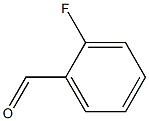
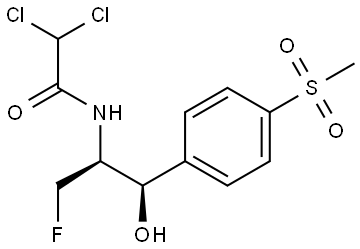
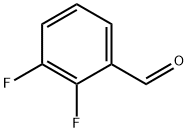



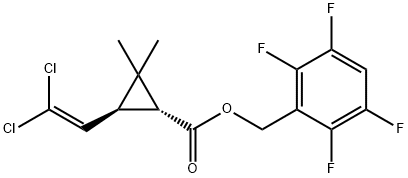

You may like
-
 2,6-Difluorobenzaldehyde CAS 437-81-0View Details
2,6-Difluorobenzaldehyde CAS 437-81-0View Details
437-81-0 -
 2, 6-Difluorobenzaldehyde CAS 437-81-0View Details
2, 6-Difluorobenzaldehyde CAS 437-81-0View Details
437-81-0 -
 2,6-Difluorobenzaldehyde CAS 437-81-0View Details
2,6-Difluorobenzaldehyde CAS 437-81-0View Details
437-81-0 -
 2,6-Difluorobenzaldehyde CAS 437-81-0View Details
2,6-Difluorobenzaldehyde CAS 437-81-0View Details
437-81-0 -
 2,6-Difluorobenzaldehyde CAS 437-81-0View Details
2,6-Difluorobenzaldehyde CAS 437-81-0View Details
437-81-0 -
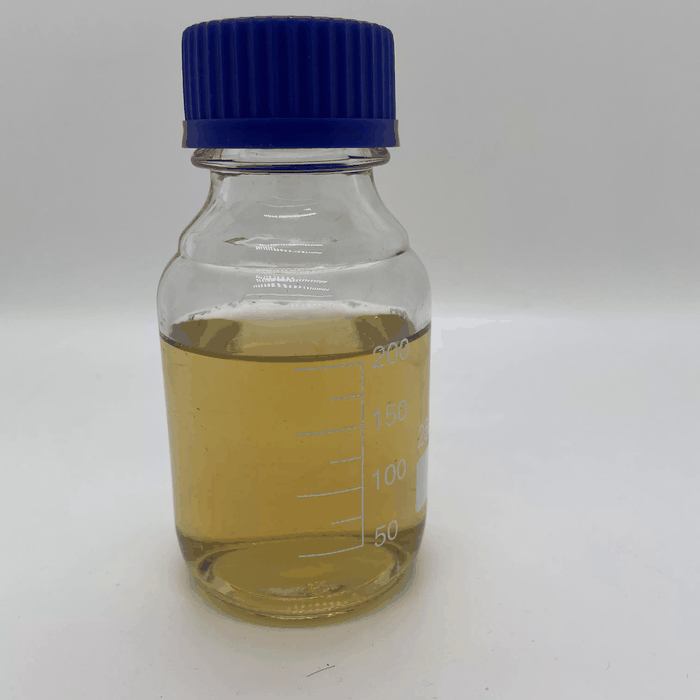 437-81-0 2,6-Difluorobenzaldehyde 98%View Details
437-81-0 2,6-Difluorobenzaldehyde 98%View Details
437-81-0 -
 437-81-0 98%View Details
437-81-0 98%View Details
437-81-0 -
 733039-20-8 5-broMo-2-chloro-N-cyclopentylpyriMidin-4-aMine 98+View Details
733039-20-8 5-broMo-2-chloro-N-cyclopentylpyriMidin-4-aMine 98+View Details
733039-20-8
Statement: All products displayed on this website are only used for non medical purposes such as industrial applications or scientific research, and cannot be used for clinical diagnosis or treatment of humans or animals. They are not medicinal or edible.